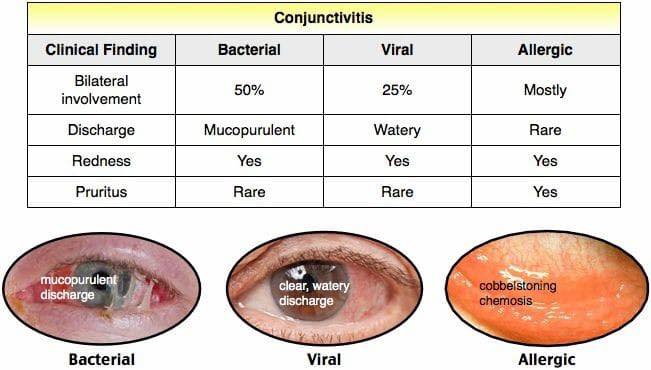THE Ministry of Health and Medical Services has noted an increase in the number of cases of conjunctivitis (‘cika’ or ‘pink eye’) in Suva, Sigatoka, Nadi, Ba, Lautoka, and Savusavu.
Conjunctivitis is a common and usually mild infection of the eye caused by viruses, bacteria or allergies.
Some of the Symptoms of conjunctivitis are as follows:
- Pink or red color in the white of the eye(s)
- Swelling of the conjunctiva
- Increased tearing/watery eyes
- Itching, irritation, and/or burning
- Discharge of pus, especially yellow-green (more common in bacterial conjunctivitis)
- Crusting of eyelids or lashes sometimes occurs, especially in the morning
- Sensitivity to bright light sometimes occurs
A healthcare provider should be seen if conjunctivitis is:
- accompanied by moderate to severe pain in the eye(s)
- accompanied by blurred vision, sensitivity to light
- there is an increase in redness in the eye(s)
- discharge of pus
- moderate to severe swelling of conjunctiva
- bleeding
Should you have the mentioned symptoms, please visit your nearest health facility and get checked.
Treatment
The treatment for conjunctivitis depends on the cause. It is not always necessary to see a healthcare provider for conjunctivitis. But, as noted above, there are times when it is important to seek medical care. Most cases of viral conjunctivitis are mild. The infection will usually clear up in 7–14 days without treatment and without any long-term effects. In some cases, conjunctivitis can take 2-3 weeks or more to clear up, especially if complications arise. Artificial tears and cold packs may be used to relieve the dryness and inflammation (swelling) caused by conjunctivitis.
Prevention
You can greatly reduce the risk of getting conjunctivitis or of passing it on to someone else by following some simple good hygiene steps:
- Wash your hands often with soap and water
- Avoid touching or rubbing your eyes
- Wash any discharge from around the eyes several times a day. Hands should be washed first–use a clean washcloth or tissue to cleanse the eye area-wash your hands when done.
- Wash hands after applying eye drops or ointment.
- Do not use the same eye drop dispenser/bottle for infected and non-infected eyes.
- Clean eyeglasses
- Wash pillowcases, sheets, washcloths, and towels in hot water and detergent;
- Avoid sharing articles like towels, blankets, and pillowcases.
- Do not share eye makeup, face make-up, make-up brushes, contact lenses, or glasses.
- Do not use swimming pools.




